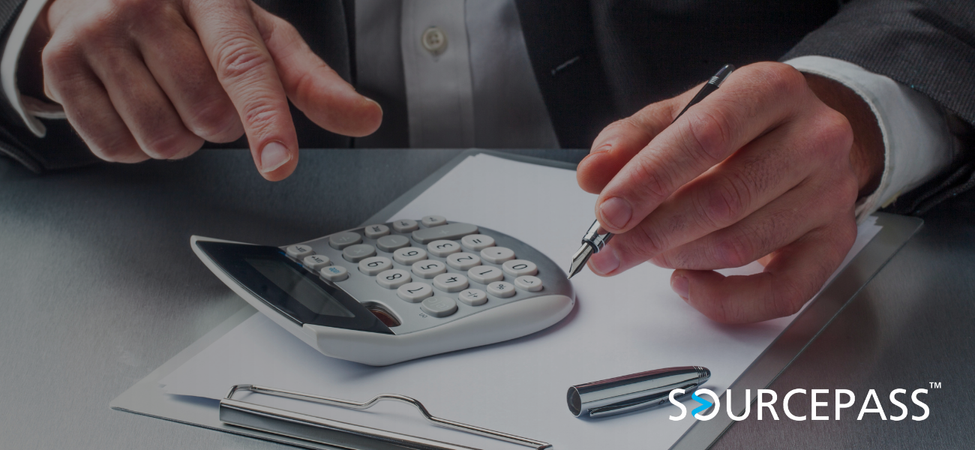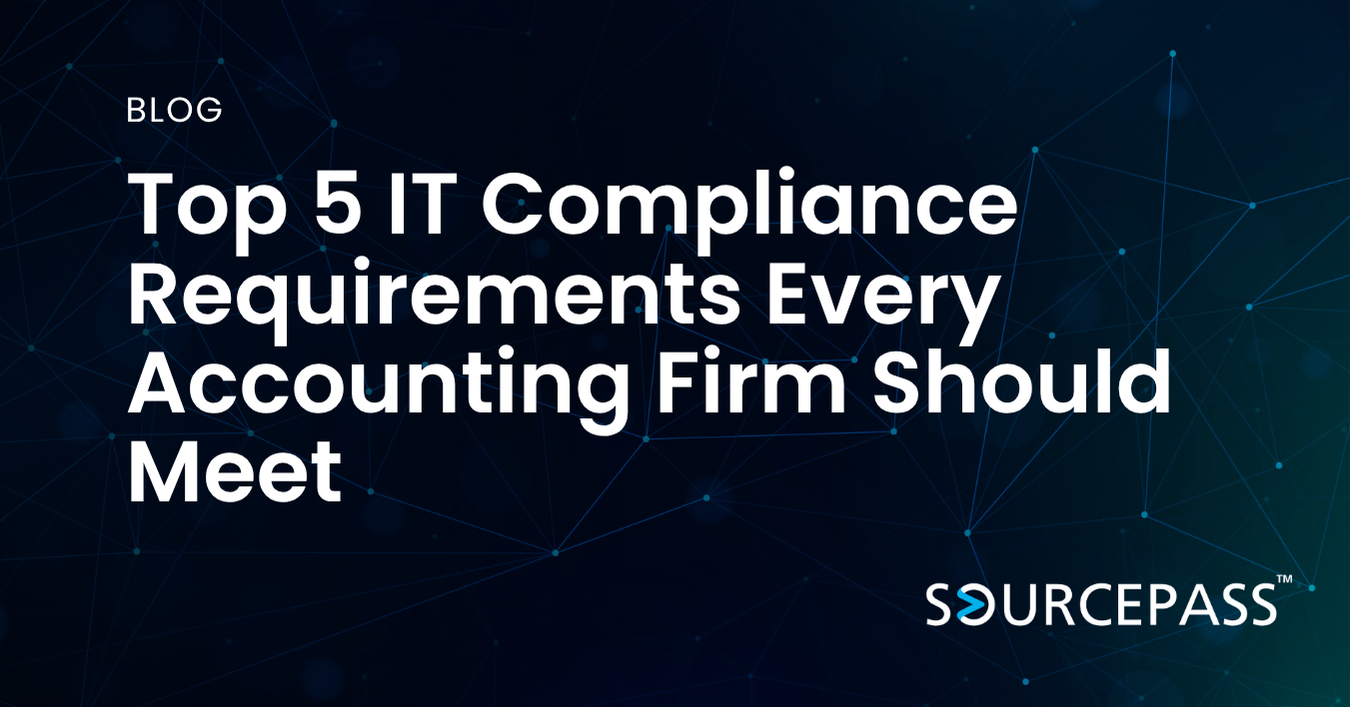Understanding SOC 2 Compliance
Sep 09, 2024 Alex Davis Compliance Regulations | Security & Compliance | SOC 2 min read


.png)
SOC 2 (Service Organization Control 2) compliance is a crucial framework for service organizations, especially those handling customer data.
Developed by the American Institute of Certified Public Accountants (AICPA), SOC 2 assesses and reports on the controls relevant to security, availability, processing integrity, confidentiality, and privacy. In this blog, we explore what SOC 2 is and why it matters.
What is SOC 2?
SOC 2 compliance is designed to ensure that service organizations manage customer data securely and responsibly. It is particularly relevant for organizations that store, process, or transmit customer data.
By adhering to SOC 2 standards, these organizations demonstrate their commitment to protecting customer data and meeting their security and privacy obligations.
Key Components of SOC 2
SOC 2 compliance revolves around several key components, which together form a comprehensive framework for data protection:
- Trust Services Criteria: The foundation of SOC 2 compliance is the Trust Services Criteria, which include five principles:
- Security: Protecting systems against unauthorized access.
- Availability: Ensuring systems are available for operation and use.
- Processing Integrity: Ensuring system processing is complete, valid, accurate, timely, and authorized.
- Confidentiality: Protecting information designated as confidential.
- Privacy: Protecting personal information collected, used, retained, disclosed, and disposed of.
- Control Objectives and Controls: Service organizations must define control objectives and implement controls to address risks and meet the Trust Services Criteria. These controls can include policies, procedures, technologies, and other safeguards designed to protect customer data and ensure service reliability.
- Independent Audit: Achieving SOC 2 compliance involves an independent audit by a qualified third-party auditor. The auditor assesses the design and operating effectiveness of controls based on the Trust Services Criteria and issues a SOC 2 report documenting the findings.
- Type I vs. Type II Reports: There are two types of SOC 2 reports:
- Type I Report: Evaluates the design of controls at a specific point in time.
- Type II Report: Assesses the design and operating effectiveness of controls over a period of time (typically six to twelve months).
- Scope of Examination: The scope of the SOC 2 examination is defined by the service organization based on the services provided and the systems and processes involved in processing customer data. This scope may include specific applications, data centers, or business units.
- Customer Assurance: SOC 2 compliance provides assurance to customers and stakeholders that a service organization has implemented effective controls to protect their data. SOC 2 reports can be shared with customers and prospects to demonstrate compliance and build trust.
- Continuous Monitoring and Improvement: SOC 2 compliance is not a one-time achievement but an ongoing process. Service organizations must continuously monitor and improve their controls to address emerging risks and changes in the business environment.
Why SOC 2 Compliance Matters
SOC 2 compliance is essential for service organizations that handle customer data. It helps ensure that these organizations have robust controls in place to protect data and maintain the trust of their customers.
By meeting SOC 2 requirements, service organizations can demonstrate their commitment to data security and privacy.
Want to Learn More?
Sourcepass provides Security Advisory Services that can help provide support and guidance for your compliance needs.
Speak to one of our IT specialists to learn how Sourcepass can help with regulatory adherence.
Subscribe To
Sourcepass Insights
Sourcepass Insights
Stay in the loop and never miss out on the latest updates by subscribing to our newsletter today!
.png?width=500&height=100&name=White%20Logo%20-%20Transparent%20Tag%20(3).png)



